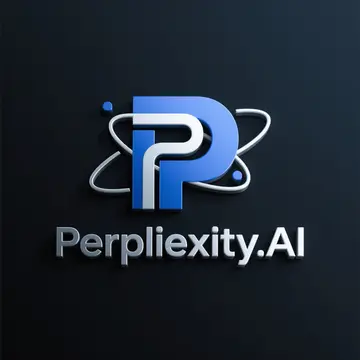Perplexity AI has emerged as one of the most powerful AI search and research assistants, sparking debate about whether it can truly replace human researchers. From summarizing scientific papers to generating insights across disciplines, Perplexity AI use cases are rapidly evolving. But can it match the critical thinking and creativity of a trained human mind?

Perplexity AI is an AI-powered conversational search tool that combines large language models (LLMs) with real-time data retrieval. Unlike traditional search engines, it provides contextual answers, sources, and summaries—making it an ideal tool for streamlining research tasks.
Its standout features include:
Citation-backed search results
Contextual understanding of queries
Support for long-form research questions
Integration with Pro features for academic papers and web crawling
Below are some of the most prominent Perplexity AI use cases where it either enhances or, in some scenarios, replaces parts of traditional research workflows:
Students, scholars, and PhDs use Perplexity AI to accelerate literature reviews. Instead of reading through dozens of abstracts manually, users can ask Perplexity to summarize key findings from top papers and journals within seconds.
Example: “Summarize recent research on AI fairness from peer-reviewed journals.”
Businesses leverage Perplexity AI to conduct rapid competitive analysis. It can identify competitors, market gaps, and pricing strategies from current data sources, saving hours of manual Google searching.
While it cannot physically conduct experiments, Perplexity AI helps researchers evaluate the validity of a hypothesis by referencing relevant studies, identifying correlations, and suggesting experiment frameworks.
Lawyers and policy analysts use Perplexity AI to gather legal precedents, policy summaries, and legislative documents. It cuts through jargon and delivers simplified, source-backed summaries.
Engineers turn to Perplexity AI for code references, standards comparisons, and technical documentation summaries. Instead of trawling StackOverflow or whitepapers, they get concise explanations in minutes.
The rapid adoption of Perplexity AI is due to several core strengths:
Speed: Tasks that took hours can now take minutes.
Comprehensiveness: Synthesizes information across thousands of sources.
Accuracy: Results often come with citations to verify credibility.
Accessibility: Non-experts can conduct advanced research queries using natural language.
Despite its impressive capabilities, Perplexity AI still falls short in some areas:
Lack of original thinking: It cannot generate truly novel theories or research questions.
Bias in sources: It relies on the available datasets, which may reflect existing biases.
Depth vs. breadth: Often provides surface-level overviews rather than deep critical analysis.
No ethical judgment: Human researchers bring moral context that AI cannot replicate.
Verdict: Perplexity AI is a powerful assistant, but not a replacement for human cognition, intuition, or ethical reasoning in research.
Rather than framing it as a competition, the most realistic future lies in a collaborative model—where AI handles the grunt work and humans focus on interpretation, strategy, and innovation.
Key benefits of this model include:
AI speeds up information gathering
Humans validate and interpret insights
Researchers focus on high-level thinking and creativity
Here’s how professionals are applying Perplexity AI across industries:
Graduate students use it to prepare thesis literature reviews and cite credible sources faster.
Policy teams use Perplexity AI to gather data on legislative trends, global best practices, and emerging tech policies.
R&D and product teams leverage it for early-stage research, concept validation, and quick-turn reports.
Reporters use it to fact-check and aggregate public sources without deep-diving through archives manually.
Perplexity AI is changing how we research—but rather than eliminating human researchers, it empowers them. The most successful use cases involve AI-augmented research workflows where efficiency, accuracy, and scale are enhanced without losing the human touch.
As AI evolves, researchers who learn to leverage tools like Perplexity AI will have a significant edge in speed and insight generation across academic, corporate, and governmental domains.